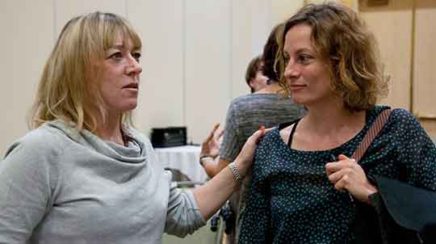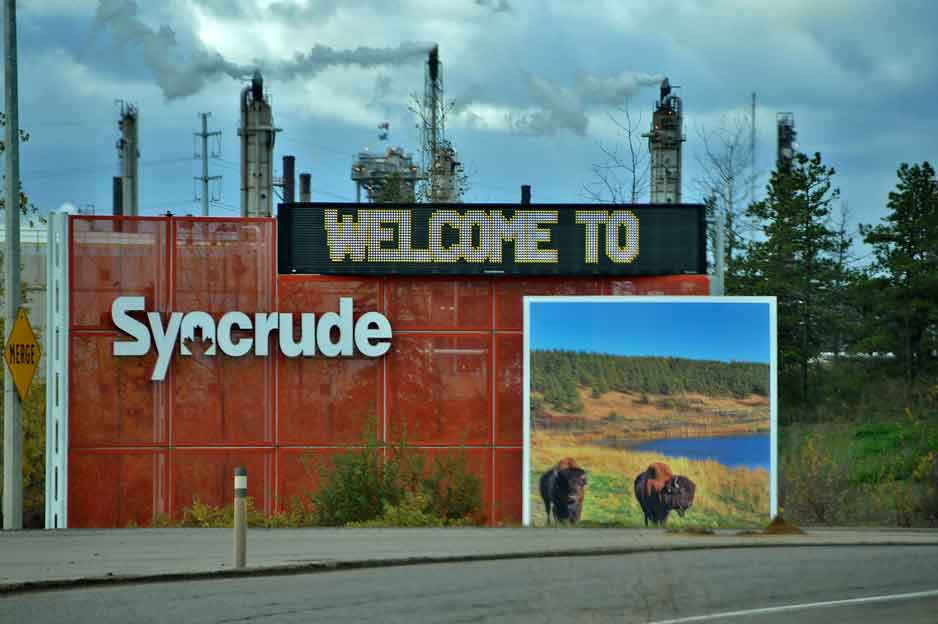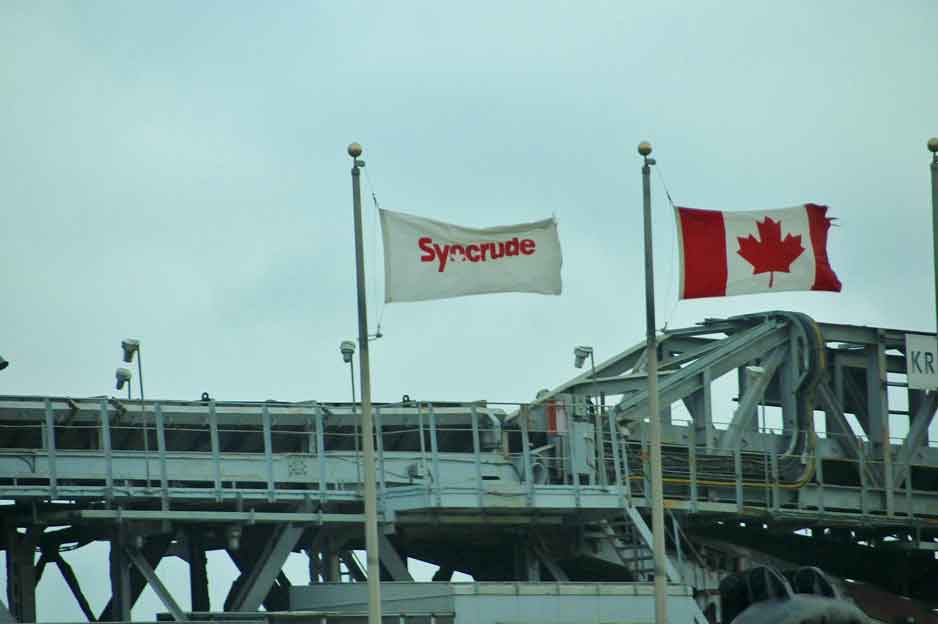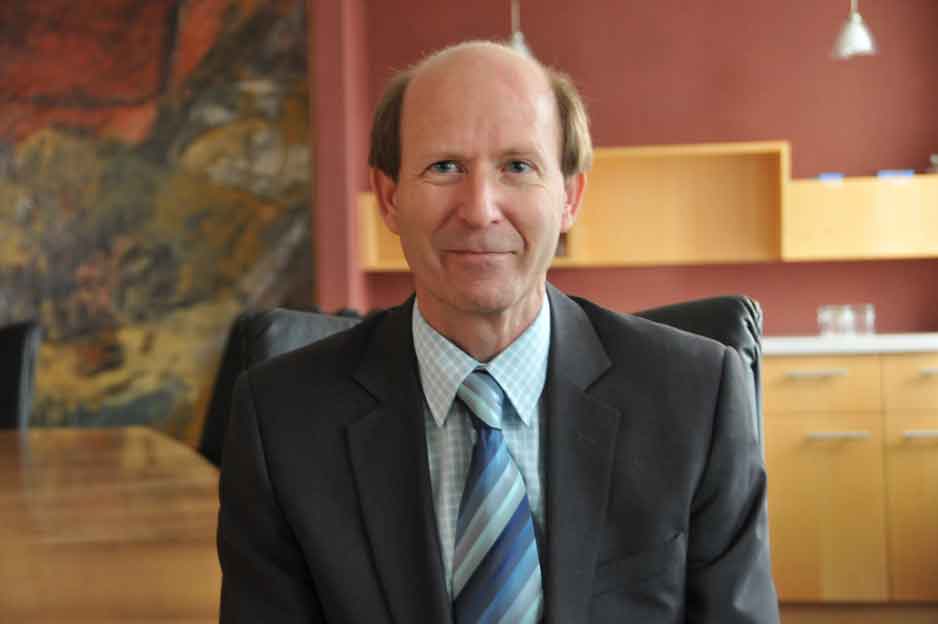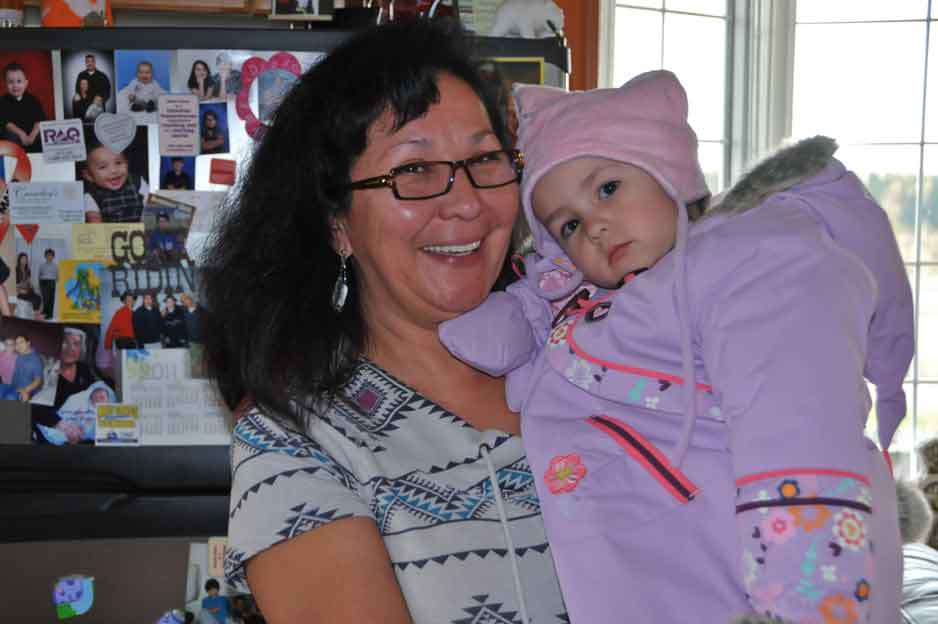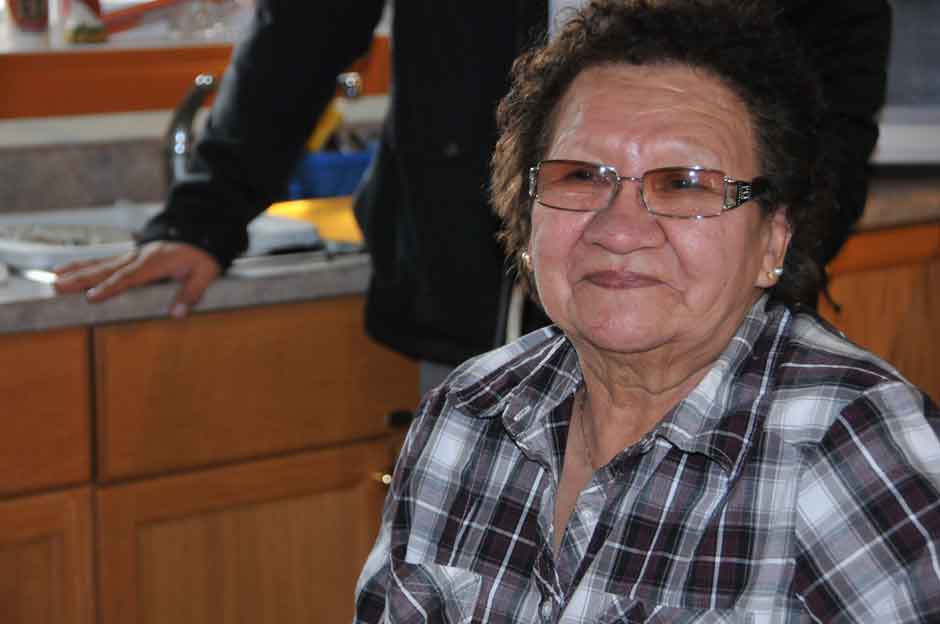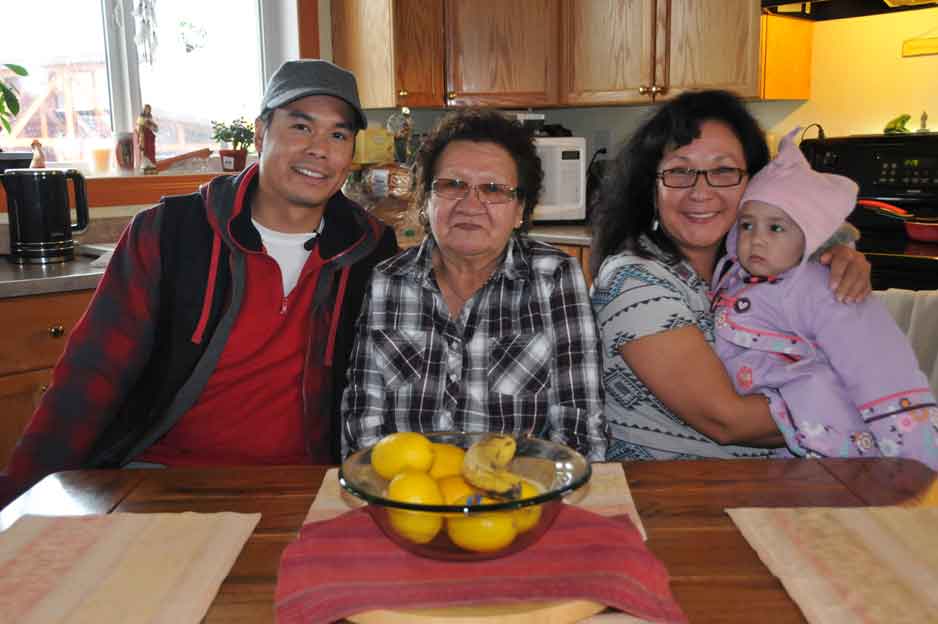As a climate and energy campaigner for Greenpeace Canada, Melina Laboucan Massimo is guiding a tour of the Oil Sands for a delegation from the Nobel Women’s Initiative. I’m thankful that’s she’s invited me to come along. The group is led by 1997 Nobel Peace Prize winner Jody Williams and includes environmentalists and leading female scientists from Canada.
Over the next 10 days, the Nobel Women’s group will be following the proposed path of the Northern Gateway Pipeline, meeting the affected Indigenous communities and representatives from Government and the Oil Industry.
